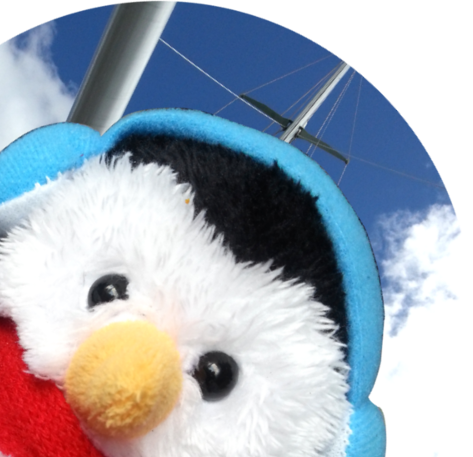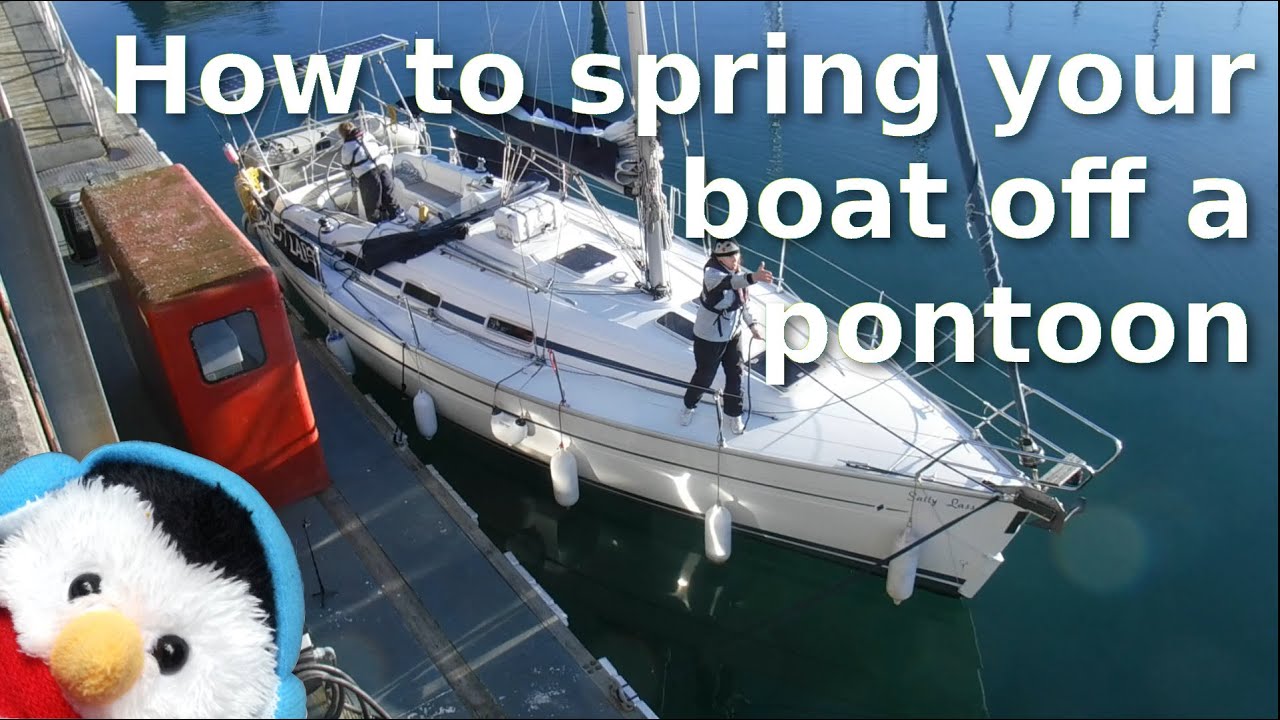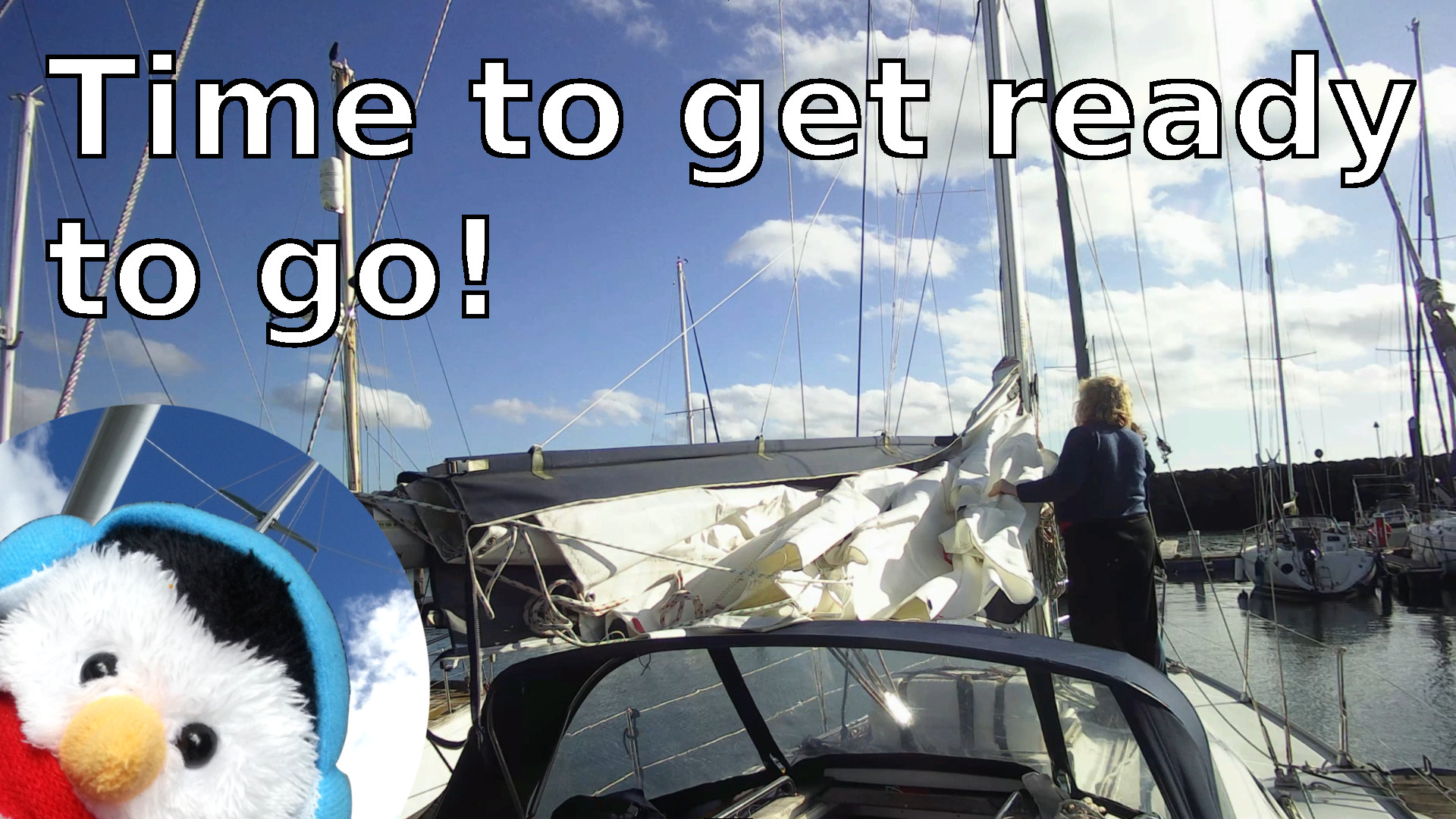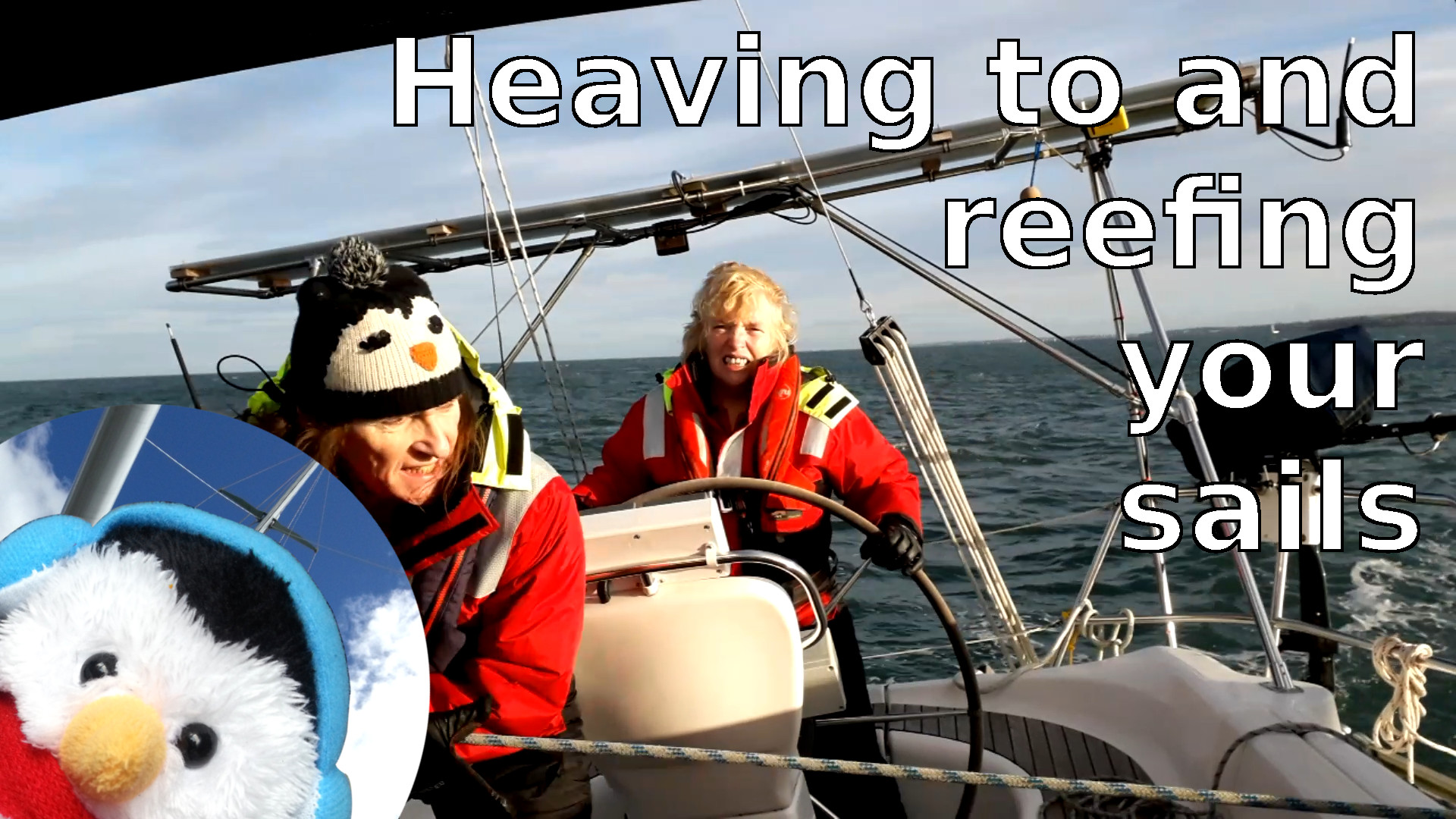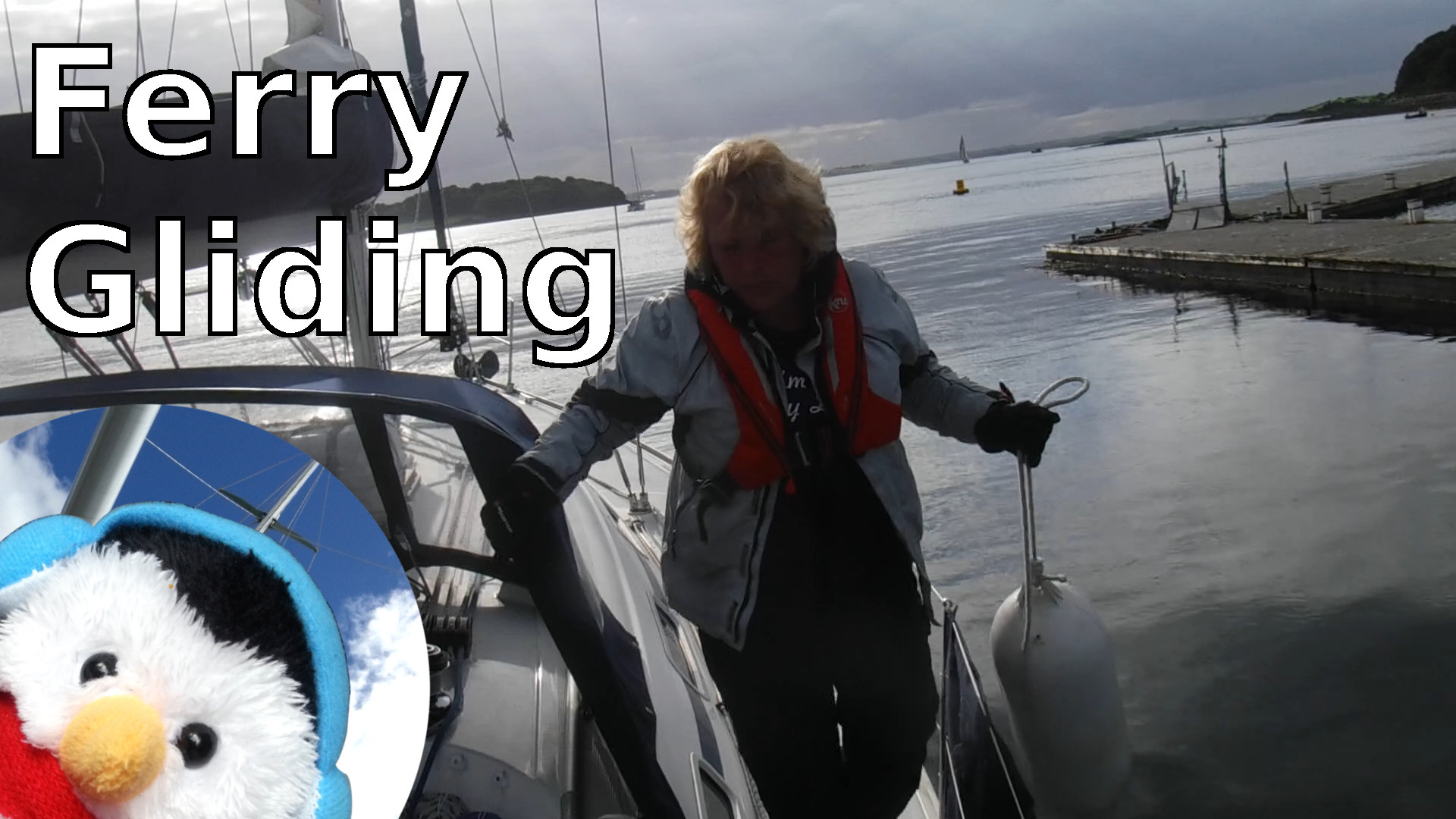It was a windy and sunny day, on a day that I was free. A rare occurence, so we decided to go out. Now, that we have restarted the Yacht master course, we decided to do some dead reckoning, mainly because it was item one on the theory course syllabus. Dead reckoning is where you take a bearing to a local landmark, followed by another one, then where the two bearing lines intersect is your approximate position.
So before we started, we plotted three positions on the chart that were going to be good positions with respect to the wind direction, because we wanted a down wind leg and two across the wind legs. The other thing that we did was look at the chart for local land marks that we could pick out. The landmarks that we chose were:-
- Killroot chimney - A 205m chimney with red lights on the top which is very easy to spot, even in poor weather. (205)CHIMNEY (R Lts)
- Clogham Jetty - This is a jetty with two flashing green lights every 3s on the end. Fl.G.3s We did not use this in the end because Black head light house was easier to see in the conditions we had
- Black Head light house - A flashing light every 3s, 47m above mean high water springs which gives it a visibility range of 27 nautical miles Fl.3s45m27M . The light house is painted white and contrasts well with the black landscape.
- House - The house marked on the chart is above the sands. Unfortunatly I got this mark confused with another house above the rocks at one point
- Spire - Clearly marked on the chart at 72m SPIRE(72M)
Now when you are doing dead reckoning, landmarks that are about 90° to each other give good accuracy, while landmarks that are inline with each other, with you in the middle give very poor accuracy, as you are effectively saying that you are somewhere on the line between them.
Now, to make the exercise as accurate as possible, we decided to turn off the chart plotter upstairs and the auto pilot, so that the helmer, Beverley, would not have any reference to their location. The chart plotter downstairs would be on, but it was left on the menu for the entirety of the exercise. Now, you might wonder why we would do this exercise and there are a number of reasons why:-
- GPS jamming - In the area we sail in, this can happen when the military are conducting an exercise. So far we have been out at sea once, when an exercise was being conducted and it could happen again
- Electrical failure - There was once when we accidentally turned off the electrics and we had no GPS as a result
- Good exercise - It is a good exercise to do, as it makes you more aware of your environment
To complete the exercise we would just have our hand bearing compass and the ships compass to help us.
A hand bearing compass is a special compass with a viewing prism, you simply look at what you want to measure and read off the bearing from the line in the prism. I got to practice using the hand bearing compass, before I left the dock as I noticed two spires behind me rather than just the one, I was expecting. When we looked at the chart afterwards, there was two spires clearly marked on the chart. This little incident allowed Beverley, to talk about expectation blindness, which is where you look at something and just see what you want to see, not what is really there. In our case there was two spires clearly marked, but because one spire had the word SPIRE right next to it, and the other didn't we only saw the one spire.
While we were downstairs, we marked on our chart the bearings between the waypoints that we had marked on the chart. Beverley did this with a Portland plotter which is a great device, as you line up the plotter with the course that you want to measure, then you make sure that North on the compass rose part, lines up with the North on your chart. Once this is done, the course line is opposite the bearing you want. The reciprocal of the bearing is the exact opposite, on the other side of the bearing that you want. Another way of finding the bearing is to use walking rulers and the compass rose on the chart. With our chart, the compass rose is quite near by, but errors can creep in if you have to walk your rulers several times.
Once we got outside our first challenge was to get to the first way point, we did this by creating a transit between, the RNLI station and the smaller spire. This gave us our initial line to the first way point. Once I then got to a particular bearing on the house, I estimated that we were at the first bearing. So we turned the boat to our first heading. Once on the heading we wanted, we soon realised that we could not maintain the course we wanted, as we were downwind, which means that you might accidentally gybe the boat, so we turned onto a training run. I had to move the second way point as a result, so I kept the latitude of the second waypoint and just changed the longitude. I also decided to keep the same bearing as our initial triangle. We managed to sail the second leg quite well, after which we would tack to the marina, so we decided that I would take a bearing at each tack and compare our dead reckoning position with our GPS positions later.
One of my estimates for dead reckoning lined up with GPS but most were off for several reasons:-
- Difficult getting a bearing - As the sea was lumpy, When I used the hand bearing compass to get a bearing, the movement of the boat, meant that I might sway from 110° to 120°s, so for this I would read off a bearing of 115°s.
- Not sure of landmarks - A house is clearly marked on the chart, but in reality there were two houses, one above the sands and one above the rocks. I wanted the one above the sands which was surrounded by trees, rather than the one above the rocks which had very few trees around it.
- Reciprocal bearings - At one point I choose bearings that were close to being recipicals of each other. This means that you effectively only have one line that you on somewhere.
After doing the exercise, I can understand why it is called dead reckoning, because if you get it wrong, you end up dead.
